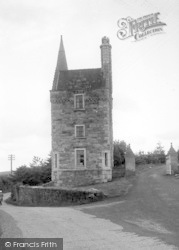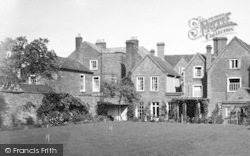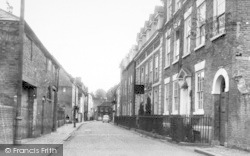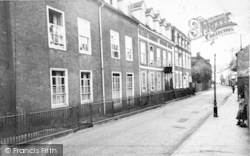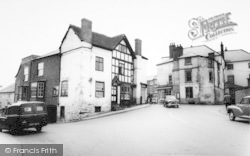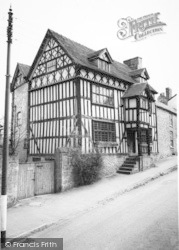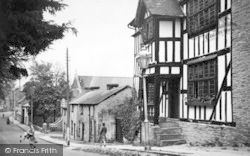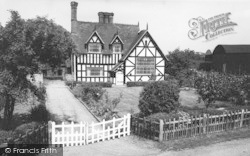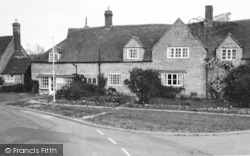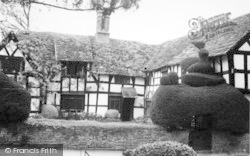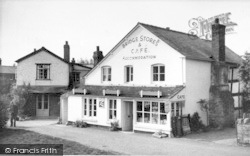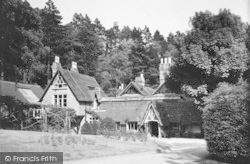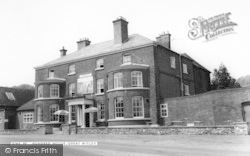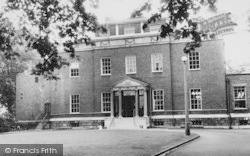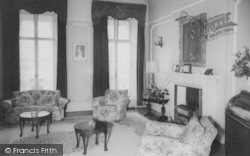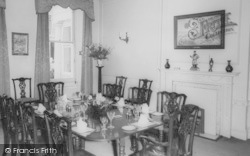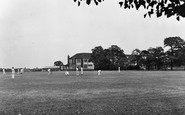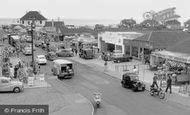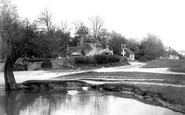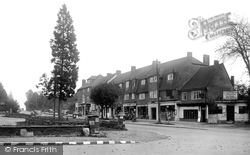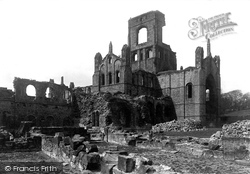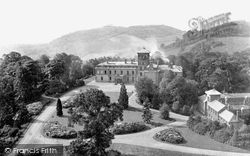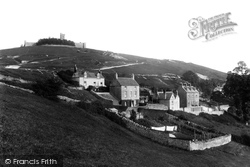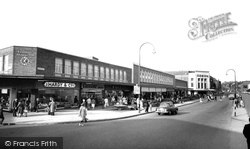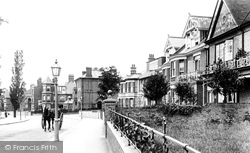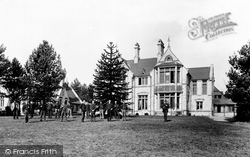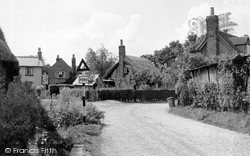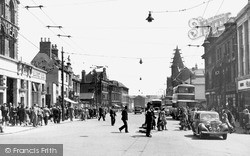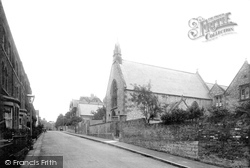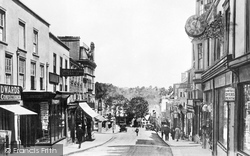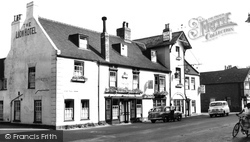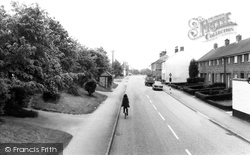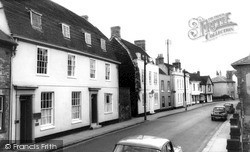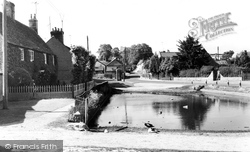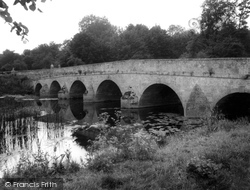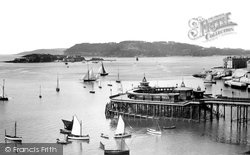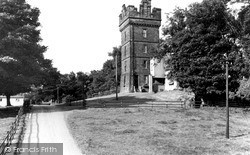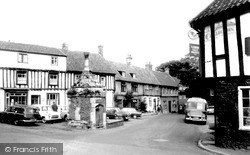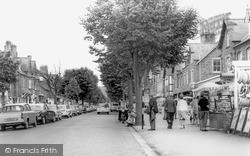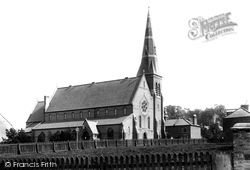Places
36 places found.
Those places high-lighted have photos. All locations may have maps, books and memories.
- Chatsworth House, Derbyshire
- Osborne House, Isle of Wight
- Brambletye House, Sussex
- Ickworth House, Suffolk
- Kingston Lacy House, Dorset
- Boscobel House, Shropshire
- Preshute House, Wiltshire
- Bolton Houses, Lancashire
- Brick Houses, Yorkshire
- Quaking Houses, Durham
- Water Houses, Yorkshire
- Bottom House, Staffordshire
- New House, Kent
- Mite Houses, Cumbria
- Lyneham House, Devon
- Church Houses, Yorkshire
- Dye House, Northumberland
- Spittal Houses, Yorkshire
- Street Houses, Yorkshire
- Tow House, Northumberland
- Halfway House, Shropshire
- Halfway Houses, Kent
- High Houses, Essex
- Flush House, Yorkshire
- White House, Suffolk
- Wood House, Lancashire
- Bank Houses, Lancashire
- Lower House, Cheshire
- Marsh Houses, Lancashire
- Chapel House, Lancashire
- Close House, Durham
- Guard House, Yorkshire
- Hundle Houses, Lincolnshire
- Hundred House, Powys
- Thorley Houses, Hertfordshire
- School House, Dorset
Photos
7,776 photos found. Showing results 2,181 to 2,200.
Maps
370 maps found.
Books
1 books found. Showing results 2,617 to 1.
Memories
10,360 memories found. Showing results 1,091 to 1,100.
I Was Here In 1965
I remember the hut that was used as the changing rooms for all the outside sports, damn cold in the winter. Mr Lester was the Head at the time, mostly I remember the teachers Jim (Maths) and a tall teacher, very stern, ...Read more
A memory of Bexleyheath in 1965
Tyn Y Buarth
Would anyone reading this, have any knowledge, or photographs of Ty'n y Buarth, Llanrug? Where it once stood, there is now a modern housing estate. My e mail address is: abergele1754@hotmail.co.uk. Iorwerth Selwyn (Blaenau Ffestiniog)
A memory of Llanrug in 1870 by
Two Properties In The 1930s
Before the Second World War my grandfather, Donald MacVitie, was a builder who renovated properties in the Cheltenham, Tewkesbury area, often living in them during or after doing the work. The Old Forge at ...Read more
A memory of Aston on Carrant
Furzton Lake
I am greatly surprised that there are no photos of Furzton Lake in the Frith archive. Our son David lived in a modern terraced house in Winsford Hill, Furzton until 2005. I remember there was a gap in the hedge with a gate we installed ...Read more
A memory of Furzton in 2000 by
Leeson S School
I remember going to Leesons (Private School). It was run by Mr and Mrs Leeson with the assistance of their daughter Joy - sadly it was closed many years ago and there is a developement of several houses built on the site now. ...Read more
A memory of Hythe in 1955 by
Rhu
My Grandfather, Andrew Johnston, lived in Kilbride Cottage, Rhu (next to the manse on the corner) and every school holidays my mum Janet Kempton (nee Johnston) brought us up to Rhu for the holidays. Grandpa died when I was about 8, he was ...Read more
A memory of Kilcreggan in 1950 by
Glen Faba
Hi, I lived on Glen Faba in the 1960s from the age 5-10. I remember Stanley Hickin and his dad and their two big alsatian dogs. Fond memories of fishing in the River Lea, not knowing at the time near fields weir there was a island that ...Read more
A memory of Hoddesdon in 1961 by
Undertakers In Smallfield
Please can anyone tell me about the history and location of the undertakers in Smallfield? Also does anyone know what used to be where Churchill Rd (off Chapel Rd) was, Careys Wood and Gorse Drive, a relatively new housing estate?
A memory of Smallfield by
Where Is St. Patricks Open Air School?
Did you go to St. Patricks Open Air School? I was sent in 1957 as I had very bad asthma and I left in 1965. The school was open to about a hundred girls who suffered from a range of chest conditions. The ...Read more
A memory of Hayling Island in 1957
Nice Photo!
Is the pond still there? I remember delivering newspapers to the pub, and to other houses and cottages around the heath - by bike all the way from Moor Park shops! At least it was downhill from here - about three papers to the pub ...Read more
A memory of Batchworth Heath in 1958
Your search returned a large number of results. Please try to refine your search further.
Captions
6,977 captions found. Showing results 2,617 to 2,640.
The single-storey builder`s shop on the right has given way to a substantial building currently housing Burgh Heath Tandoori.
Kirkstall was founded in 1152 as a daughter house of Fountains Abbey. Building work was completed by 1175 and iron forging began in 1200.
The present house, seen here, goes back only to 1845. The original family home burnt down in a fierce blaze on Christmas Day 1845.
its non- military origins, the outline of the fort succeeds in making a dramatic statement on the skyline of the common; it serves to highlight the domestic scene below, where each house
Then the Alsager family started to build houses and a church here in the 18th and 19th centuries. This view shows the main road through the town, which has changed little in recent years.
The Arndale House shops opened in September 1961.
This photograph looks back at the same houses as those shown in 41386 and 41387.The well-laid out public gardens give a tropical air to the scene.The Lees Hotel was one of the many hotels to be found
Westbourne, on the west side of Bournemouth, retains a village atmosphere even today, with spacious houses and hotels situated around an attractive woodland chine leading down to the sea.
The formerly thatched 17th-century house on the right of the photograph was the Smith Brothers' coal merchant's business.
A mixture of architectural styles are on the left, including two old houses, the entrance archway to the old St Stephen's church and the south entrance to the Victoria Railway Station.
The Foresters' Hall is now the British Legion Hall (centre) with No 50 the prominent house behind it. The three-storey terrace of dwellings extends from No 27 to No 35.
Beyond, then housing the Post Office, is Journey's End, which takes its name from local landowner R C Sherriff's best-known play. Ducks Bottom is behind The Chalet (top left).
Gone, however, are Skyrmes Café & Boarding House beyond and the Bon Marché, where, at one time, Chepstow school children were supplied with their uniforms.
The Trust House sign disappeared when the hotel left the group in the 1980s.
This view shows the High Street just before the development of the 1960s, when about 200 new houses were built off the High Street behind the trees.
Several of the houses have later façades. The central one is where Thomas Gainsborough lived in the 1750s.
Several of the houses on the street have cellars where Stilton cheeses were stored for sale.
The house on the left still maintains its ivy foliage.
During the 20th century the old fairs stopped, and modern housing now covers much of the old market ground.
The clearing in the centre is the site of the famous folly, while on the right the top of Mount Edgecumbe House can be seen peep- ing from the trees.
This view is of The Tower, a crenellated gateway to the 17th-century High Hall, the village manor house. There is also a Low Hall at Steeton.
The town of Little Walsingham grew up to serve the many thousands of pilgrims that came to the priory; it has more early 17th-century houses than any other town in Norfolk.
Its elegant houses soon became guesthouses, and are now shops. The billboards for the coach offices on the right advertise trips to Exmoor and the Quantocks.
The foreground was soon filled with a terrace of houses, which now includes the Liberal Club.
Places (80)
Photos (7776)
Memories (10360)
Books (1)
Maps (370)




